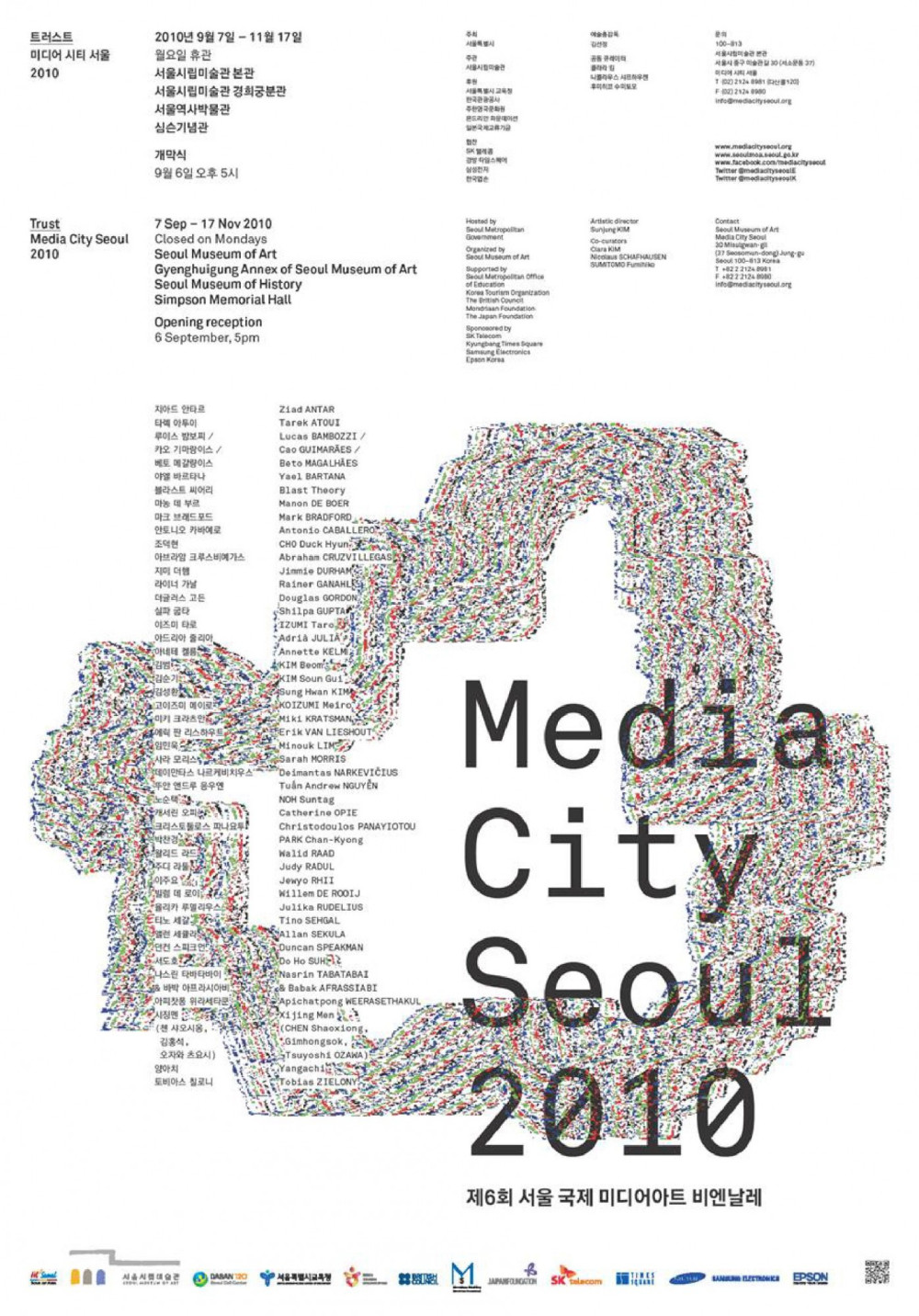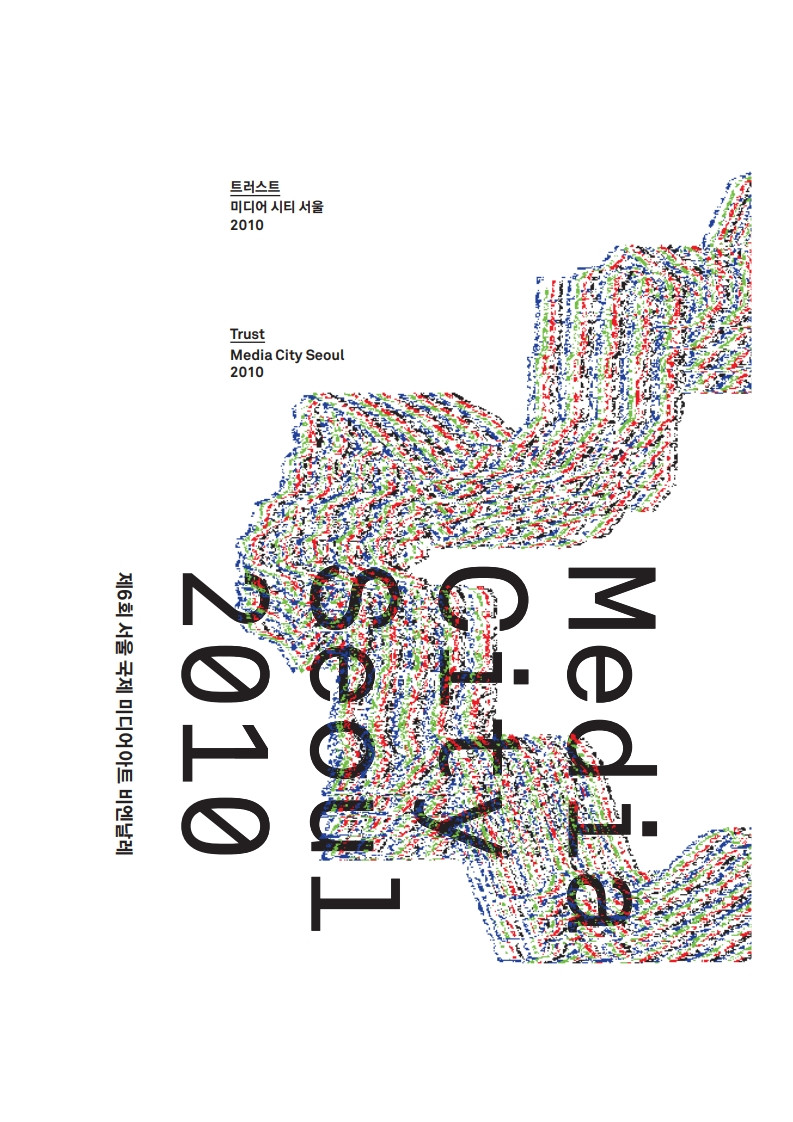
Noh Suntag records the political and social contexts of life in modern Korea through documentary photographs. His practice evaluates the Korean Peninsula’s political situation and searches for meaning in the political violence that has developed as a result of the region’s 1948 partition. His work documents everyday life in South Korea as a means for emphasizing the implications of the current political situation, keeping with the objective documentary mode, yet depicting images laden with subtext.
Noh’s the strAnge ball explores the process of determining the true meaning of the large, white-colored, ball-shaped structure protruding from the middle of a large field in Daechuri, Pyungtaek, South Korea. The object, a high-powered radar named Radome (Radar + Dome = Radome) is a synecdoche for “the U.S.A.”, an entity that achieves its desires by seizing control of the security and information of the Korean Peninsula. Radome is an information machine, a surveillance machine, and, ultimately, a war machine, as evidenced by the total takeover of Daechuri by the large-scale army base expansion project included in the American military’s “strategic flexibility” plan. In the the strAnge ball series, Radome mingles with its surroundings in a peculiar way, either camouflaging itself or intentionally standing out.


